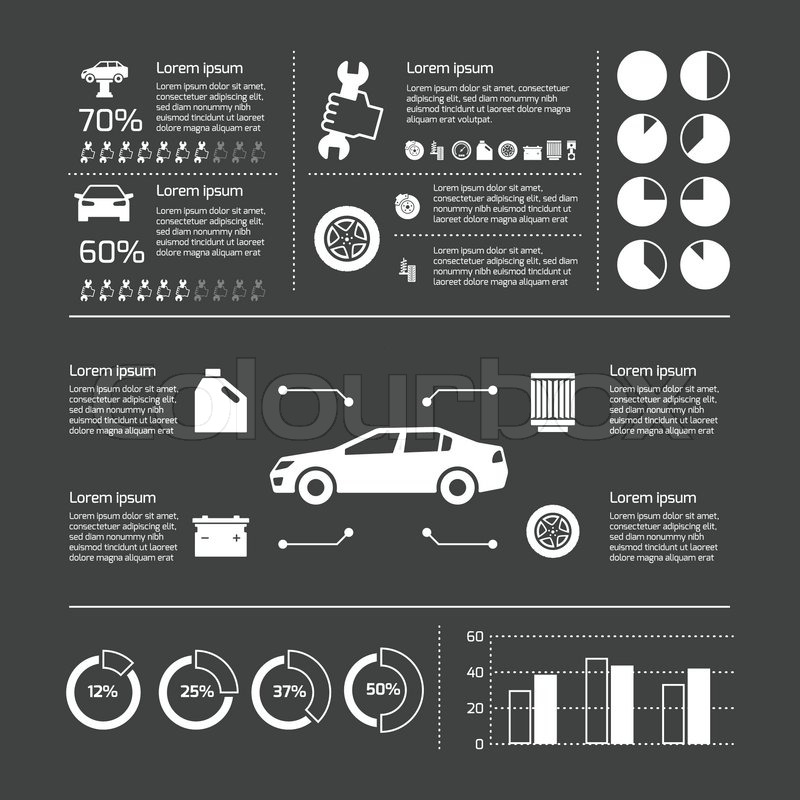Analyzing Your Automobile'S Alert Lighting: Their Real Effects
Analyzing Your Automobile'S Alert Lighting: Their Real Effects
Blog Article
Written By-Termansen Dalgaard
When you're behind the wheel, those beautiful caution lights on your dashboard can be a little bit complicated. Do you know what they're trying to inform you regarding your cars and truck's health? Comprehending the value of these lights is vital for your security and the longevity of your car. So, the following time one of those lights pops up, would not you wish to decipher its message accurately and take the needed actions to address it?
Common Warning Lighting and Interpretations
Determine usual caution lights in your car and understand their significances to guarantee safe driving.
The most normal warning lights consist of the check engine light, which signals problems with the engine or discharges system. If this light begins, it's essential to have your car examined promptly.
The oil stress warning light indicates low oil stress, needing immediate interest to avoid engine damages.
A blinking battery light may recommend a damaged charging system, potentially leaving you stranded otherwise attended to.
The tire pressure tracking system (TPMS) light notifies you to reduced tire pressure, impacting lorry stability and fuel performance. Ignoring this might cause hazardous driving problems.
The abdominal light indicates a problem with the anti-lock braking system, endangering your capacity to stop swiftly in emergency situations.
Last but not least, the coolant temperature level alerting light warns of engine getting too hot, which can cause serious damages otherwise solved promptly.
Comprehending these common warning lights will certainly help you attend to problems quickly and preserve safe driving conditions.
Value of Prompt Interest
Understanding the typical caution lights in your vehicle is just the primary step; the relevance of immediately addressing these warnings can not be highlighted enough to ensure your safety on the road.
When a warning light brightens on your dashboard, it's your vehicle's way of connecting a prospective issue that needs attention. Ignoring these warnings can cause more extreme problems down the road, compromising your safety and possibly costing you a lot more in repairs.
Motivate focus to warning lights can avoid breakdowns and accidents. For instance, a blinking check engine light could show a misfire that, if left ignored, can create damage to the catalytic converter. Addressing this quickly can save you from a pricey repair service.
Similarly, a brake system alerting light could indicate reduced brake fluid or used brake pads, essential components for your security when driving.
Do It Yourself Troubleshooting Tips
If you discover a warning light on your control panel, there are a few DIY troubleshooting suggestions you can attempt before looking for specialist assistance.
car wash onehunga is to consult your vehicle's guidebook to comprehend what the details caution light suggests. Often the issue can be as basic as a loosened gas cap activating the check engine light. Tightening https://www.kbb.com/car-news/war-in-ukraine-will-affect-car-supply-prices/ may deal with the problem.
Another typical issue is a low battery, which can activate numerous cautioning lights. Checking the battery links for corrosion and guaranteeing they're protected might fix the trouble.
If a caution light lingers, you can try resetting it by detaching the vehicle's battery for a couple of mins and afterwards reconnecting it. Additionally, checking your vehicle's fluid degrees, such as oil, coolant, and brake liquid, can help repair alerting lights associated with these systems.
Conclusion
To conclude, comprehending your vehicle's caution lights is necessary for keeping your automobile running efficiently and safely. By without delay addressing these alerts and knowing what they indicate, you can avoid pricey repair services and prospective breakdowns.
Remember to consult your automobile's handbook for specific information on each cautioning light and take action appropriately to guarantee a trouble-free driving experience.
Stay notified, remain secure on the road!
